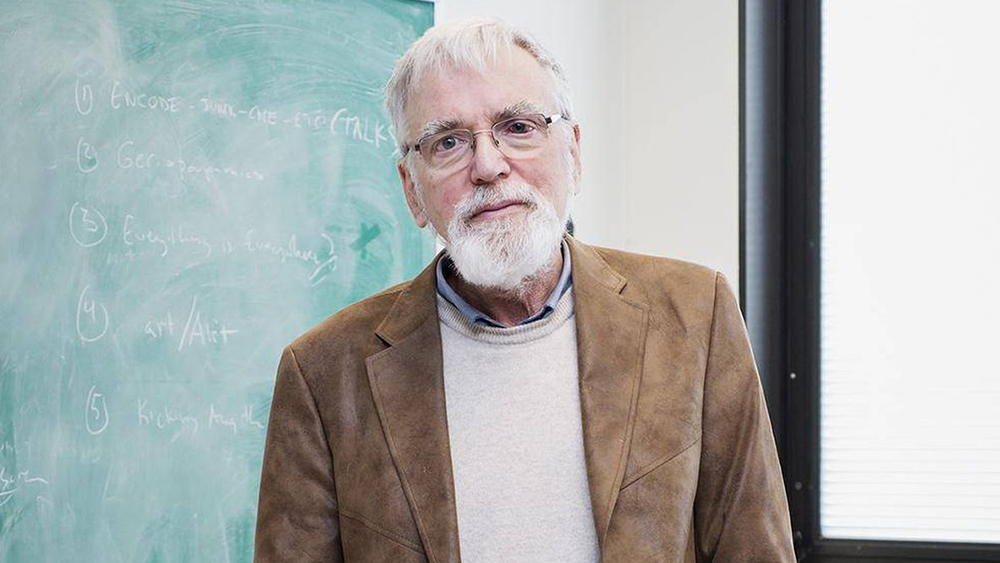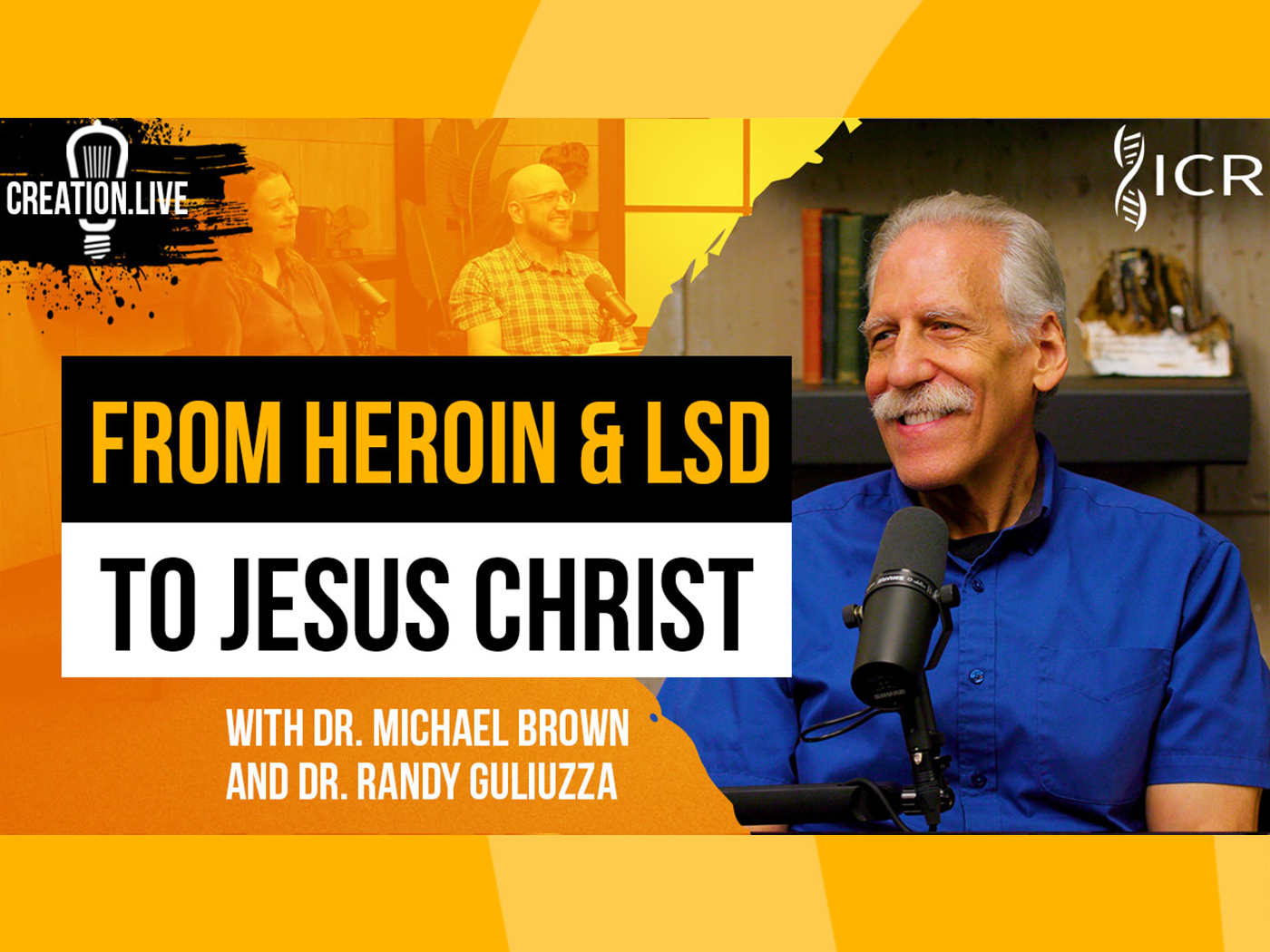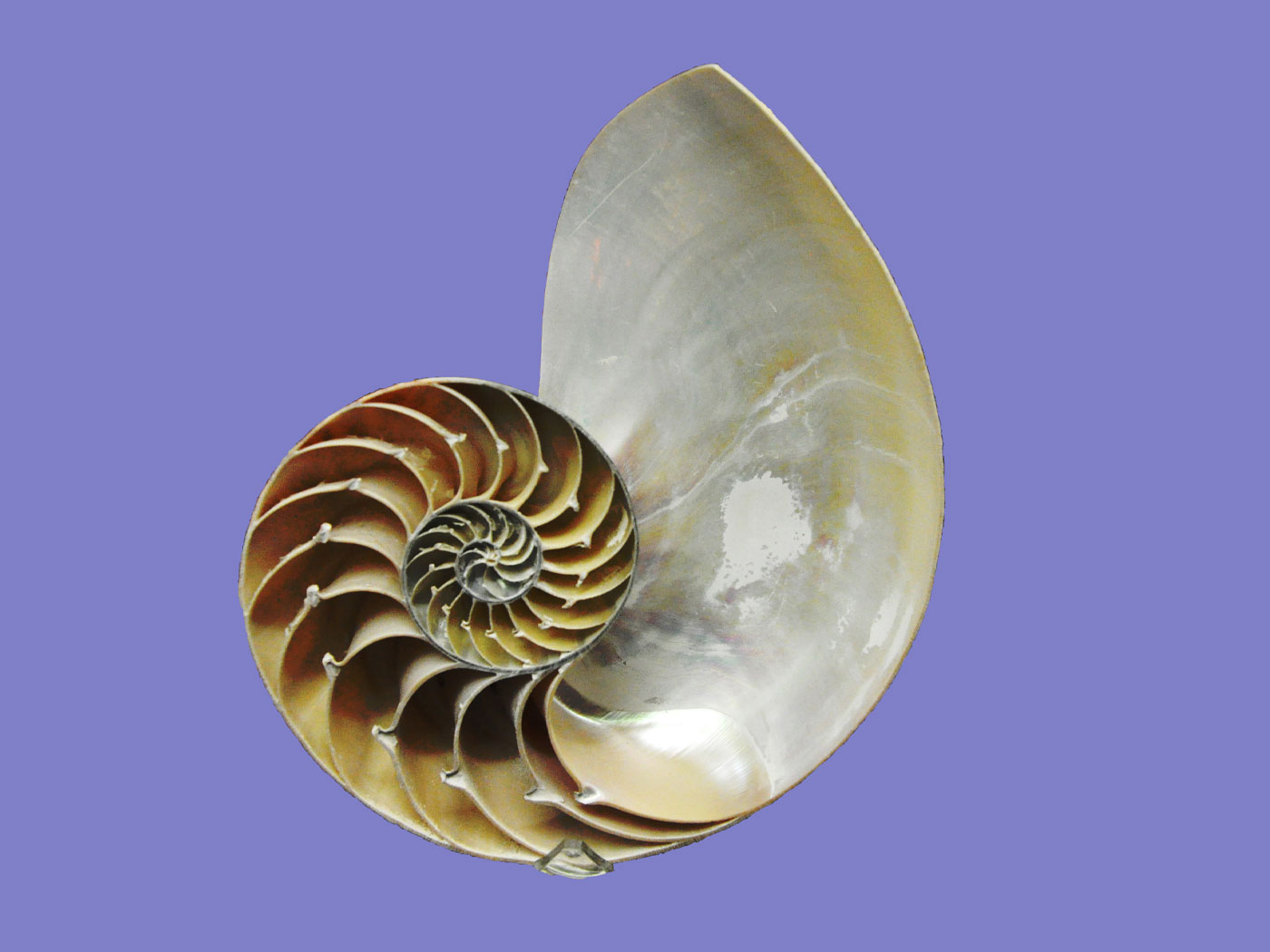“What was old is new again” describes fashion cycles where young people today are wearing clothes and buying furniture styled after that of their grandparents. Evolutionary biology also has similar cycles, especially when it comes to “new” ideas that are constantly revising the ill-defined concept of natural selection. W. Ford Doolittle and S. Andrew Inkpen recently advanced their new take on natural selection that applies “Darwinian principles in a broad area (community evolution) currently in want of such theory.”1 But the main thrust of their idea mirrors another “new” theory offered in the 1960s for the same reasons. The fact that Doolittle and Inkpen offer their version shows that the same basic problems with the notion of natural selection remain unchanged.
The same basic problems with the notion of natural selection remain unchanged. ![]()
Several unresolved observations drive the need for a new theory. How does survival of the fittest explain the development of necessary genetic information arising in diverse organisms like bacteria, fungi, plants and animals that all work together as independent elements within a natural cycle, such as the one that converts nitrogen into multiple chemical forms? How does survival of the fittest explain the development of necessary genetic information arising in diverse organisms like bacteria, fungi, plants and animals. All these organisms work together as independent elements within a natural cycle. Plants convert nitrogen into multiple chemical forms and provide oxygen for animals. A competitive struggle for survival is also hard-pressed to explain the collective functions emerging in an ant colony which transcend the actions of individual ants—ants that can’t be “selected” since nearly all of them work rather than reproduce. As we’ll see, one approach evolutionists use to solve these enigmas is by adding a plethora of new “units of selection” like processes—something other than the organism itself—that natural selection can somehow mysteriously “see” and “select.”
Accordingly, Doolittle and Inkpen offer a new “way of conceptualizing evolution by natural selection (ENS) that allows processes as well as things to be ‘units of selection,’ selected for persistence and re-produced but not reproducing.” The authors have added processes that cannot actually reproduce, but merely persist in nature, as a “unit of selection.” Since the overall process is somehow “selected,” and not the individual organisms contributing to the process, then their idea is dubbed the “It’s the song, not the singer” theory of natural selection.
Doolittle previously recommended that the scope of objects which natural selection can “act on” would need to be expanded. In his 2017 paper Darwinizing Gaia he steps over the normal struggle-survival-reproduction actions of individual organisms associated with the concept of natural selection and suggests that “Our understanding of evolution by natural selection would however need to be stretched to accommodate differential persistence as well as differential reproduction.”2
But what is new is actually old. Stephen J. Gould describes a 1960 theory by University of Chicago Zoologist, Alfred E. Emerson, that expands the “unit of selection” to include a population “‘with emergent characteristics that transcend the summation of the attributes of the component individuals’”3 just like Doolittle. Emerson’s and Doolittle’s theories do raise some fundamental questions: In evolutionary theory, what is the “unit of selection,” and do different “units” imply different definitions of “natural selection?”
Gould explains the situation with Emerson (and now presumably with Doolittle),
“But, having legitimately defined the problem, he [Emerson] then launches into an almost rhapsodic, and simply illogical, claim that almost anything with definable boundaries can be recognized as a unit of natural selection: ‘Natural selection operates at each level of integration from the gene and complex polygenic characters within the individual, to the whole individual, and to various levels of intraspecific population systems and interspecific inter-adapted community systems and ecosystems (1960, p. 340).’”
But this seemingly arbitrary identification of “units of selection” spotlights, Gould adds, a far more serious problem. “In short, Emerson’s paper gives us an unintended insight into the confusing lack of definition that natural selection has always suffered, even at the moment of its greatest explicit influence.”
It seems odd that the purported main driver of evolution—claimed to be a real, observable process—could still be so ill-defined. Yet, that concept’s very weakness is one reason why Doolittle and Inkpen developed their new theory. In a quite remarkable admission they say, “Many practicing biologists accept that nothing in their discipline makes sense except in the light of evolution, and that natural selection is evolution’s principal sense-maker. But what natural selection actually is (a force or a statistical outcome, for example) and the levels of the biological hierarchy (genes, organisms, species, or even ecosystems) at which it operates directly are still actively disputed among philosophers and theoretical biologists.”1
In total agreement, one science historian observed that “natural selection” has always been poorly-defined, if not undefinable, “A quite general issue has still received no canonical treatment: what kind of a thing is natural selection anyway? A law, a principle, a force, a cause, an agent, or all or some of these things? The view that natural selection is a law has been countered by the view that it is a principle, while that conclusion has been countered in turn by an insistence that it is neither.”4
The foundational importance of these definitional problems Doolittle identifies in his paper prompted an insightful deduction by creationist commentator, David F. Coppedge, that “Controversies 159 years after Darwin have rendered his ‘mechanism’ a mystical idea, nebulous and incomprehensible” and then he asks, “Has natural selection become the phlogiston of the 21st century?”5 Many may be unfamiliar with phlogiston. It was a mystical substance that 17th-century chemists insisted was the cause of combustion. Belief in phlogiston theory persisted in the face of contrary evidence for almost a century because it was constantly being rescued ad nauseum by increasingly wild ideas.
In terms of the “unit of selection,” the units described also seem to get wilder with time. Speaking about how engineering principles can inform biology, evolutionary biologist Arthur Lander of the University of California, Irvine, casually interjected, “We accept that engineering objectives like robustness, and not just phenotypes, are the object of natural selection.”6 Lander’s “engineering objectives” is even more of an intangible “unit of selection” than Doolittle’s processes. And if a unit is intangible, then how can it be defined in clear scientific terms?
Emerson, Doolittle, Lander and others seem to keep patching up evolutionary theory to accommodate increasingly contrary observations. But they are doing so by adding more outrageous things as “units of selection.” Other than the fact that each of these so-called “units” persists over time, how one gets “selected” over another, is never identified. Gould characterized this thinking as illogical, theoretically reckless, and it shows that those who have been doing so “never understood the full logic and implications of the issue, and ranged indiscriminately up and down potential levels [e.g., gene, organism, populations], without grasping the theoretical problems entailed by such excursions.”3 One purpose of Gould’s book seems intent on protecting evolutionary theory from being battered into incoherence by this kind of glib, shallow thinking.
This longstanding dispute isn’t trivial. What individual evolutionists visualize natural selection allegedly “selecting” is contradictory. ICR news recently posted a column documenting that evolutionists don’t seem to know what the “unit of selection” actually is.7 Yet, in a real engineering or manufacturing process, if something is being worked on, or selected out from the process, it is clearly specified and observable. If natural selection is a real, observable process, then what that process works on should be unmistakable and observable—and the concept itself should be readily definable and testable.
Natural selection seems more like a misleading, mystical, mental construct than an actual process driving evolution. ![]()
But the current status of the concept of natural selection shows that there is no observable “selection” event, no quantifiable “selection pressure,”8 and no identifiable “unit of selection.” Taken together, the concept (if we can even call it that) of natural selection seems more like a misleading, mystical, mental construct than an actual process driving evolution.
References
- Doolittle, W.F., and S.A. Inkpen. 2018. Process and patterns of interaction as units of selection: An introduction to ITSNTS thinking. PNAS. 115 (16): 4006–4014. Emphasis added.
- Doolittle, W.F. Doolittle. 2017. Darwinizing Gaia. Journal of Theoretical Biology. 434: 11-19.
- Gould, S. J. 2002. The Structure of Evolutionary Theory. Cambridge, MA: Belknap Press of Harvard University Press, 544-545.
- Hodge, M. J. S. 1992. Natural Selection: Historical Perspectives. Keywords in Evolutionary Biology. Cambridge, MA: Harvard University Press, 214.
- Coppedge, D. F. Darwinians Cannot Agree on What Natural Selection Is. Posted on crev.info on April 2, 2018 accessed on April 18, 2018; Coppedge, D. F. New Version of Natural Selection Goes Mystical. Posted on crev.info on April 3, 2018 accessed on April 18, 2018.
- Lander, A. 2016. What Have the Principles of Engineering Taught Us about Biological Systems? Cell Systems. 2 (1): 5-7.
- Guliuzza, R. J. “Selfish Gene” Metaphor Misleads Evolutionists. Creation Science Update. Posted on ICR.org March 12, 2018 accessed on April 18, 2018.
- Guliuzza, R. J. 2018. Engineered Adaptability: Active Environmental Tracking Explains Similar Features. Acts & Facts. 47 (4): 17-19.
Stage image: Dr. Ford Doolittle
*Dr. Randy Guliuzza is ICR’s National Representative. He earned his M.D. from the University of Minnesota, his Master of Public Health from Harvard University, and served in the U.S. Air Force as 28th Bomb Wing Flight Surgeon and Chief of Aerospace Medicine. Dr. Guliuzza is also a registered Professional Engineer.
























